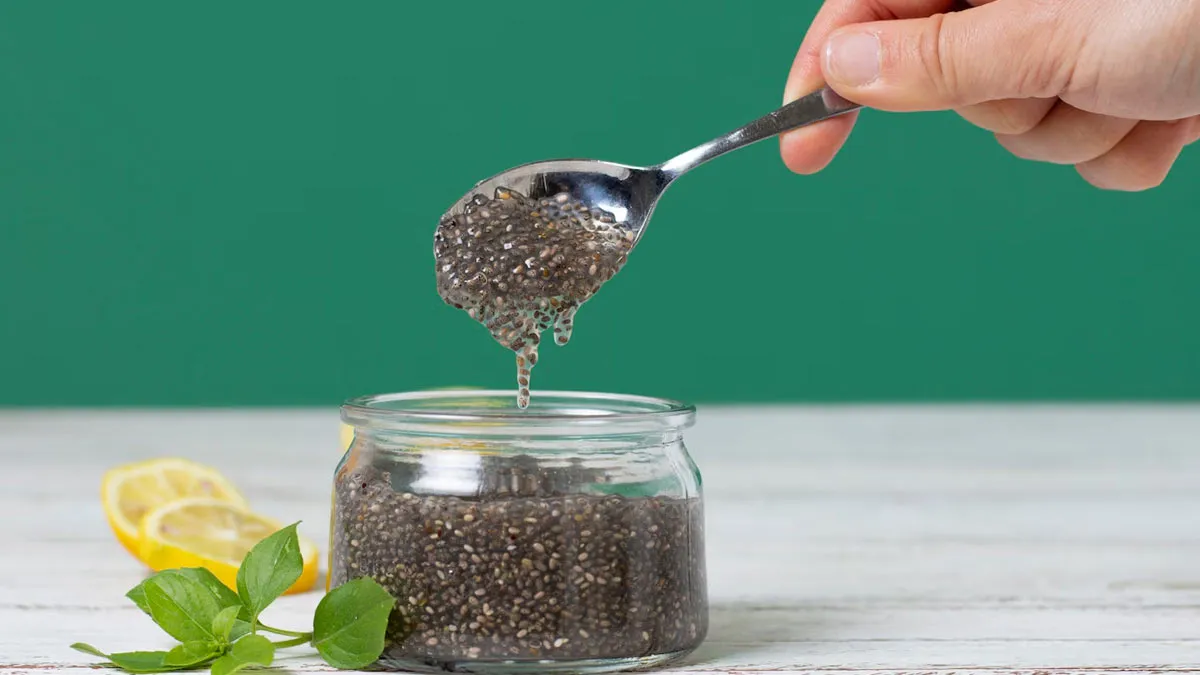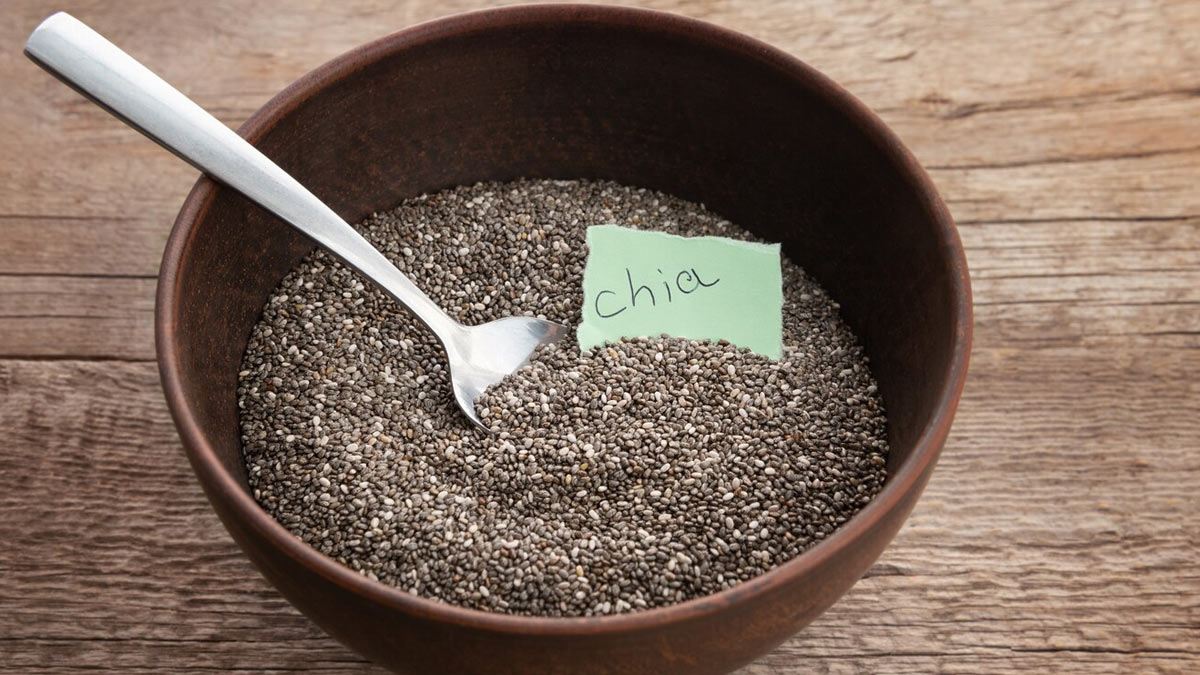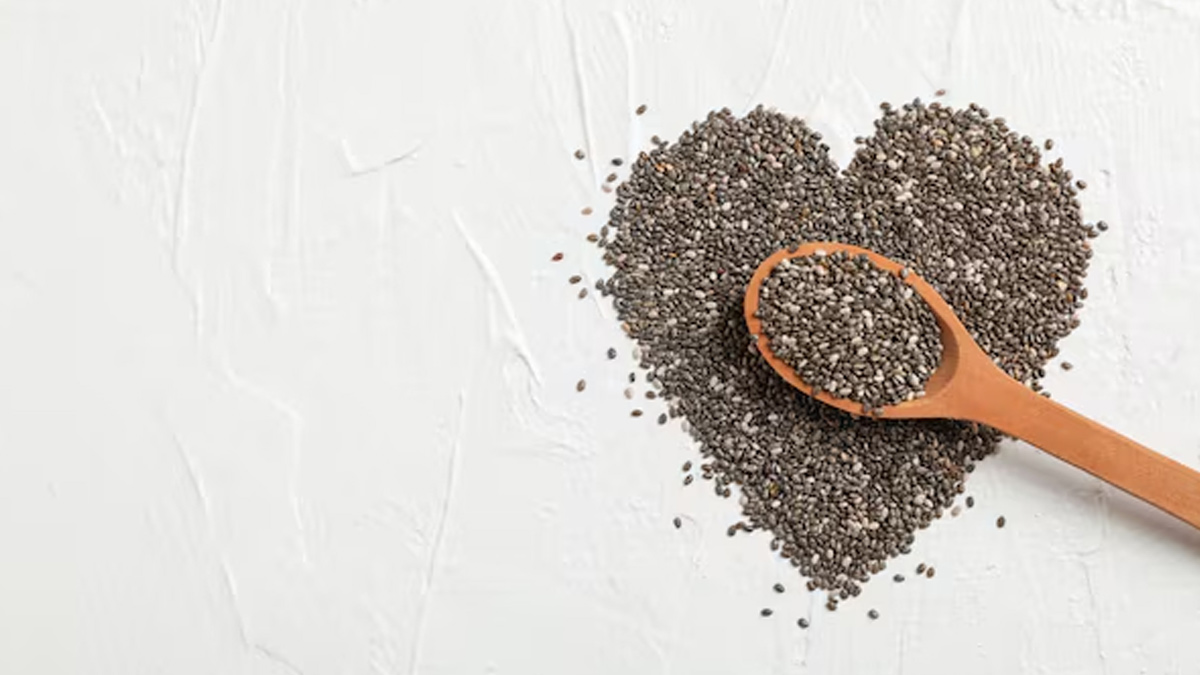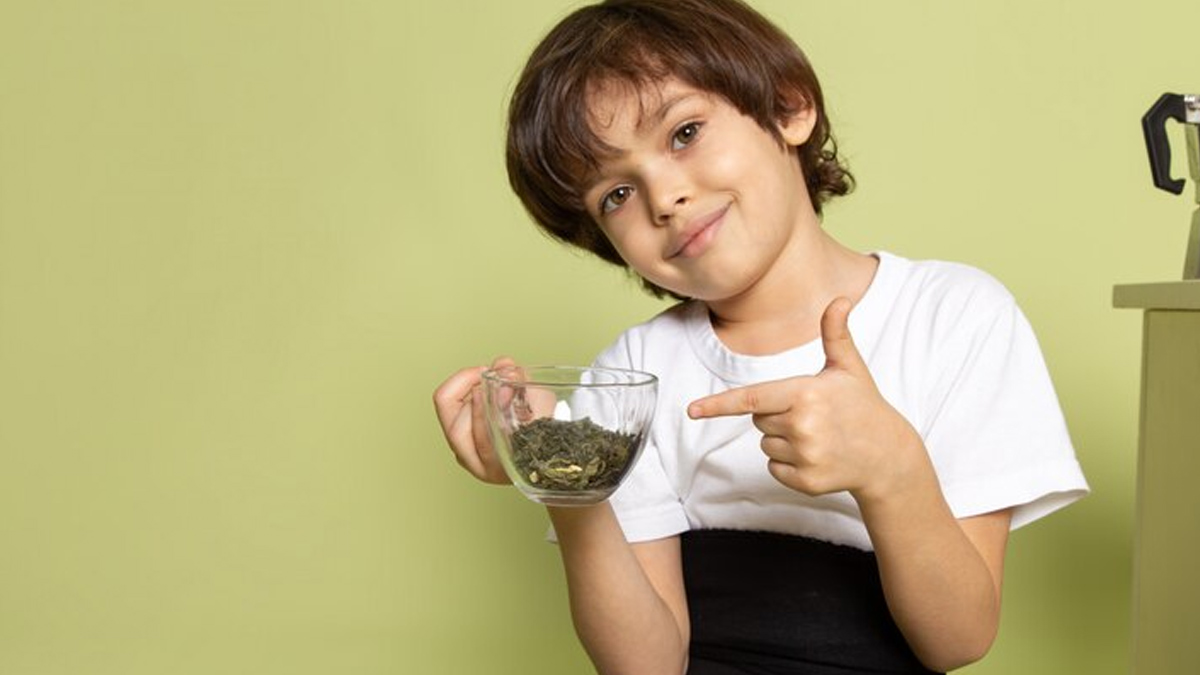
Chia seeds are tiny superfoods that are not only nutritious but also versatile. They can be added to various dishes, from salads and yoghurt to smoothies and oatmeal. While adults include chia seeds in their daily diet to reap weight loss and other health benefits, parents often wonder whether kids can enjoy them too.
Table of Content:-
The OnlyMyHealth team got in touch with Dr M. Ramesh, Consultant Paediatrician, Ankura Hospital for Women & Children, Hyderabad, who weighs in on whether chia seeds should make their way into your child's diet — and how to do it right.
Also Read: Can Eating Chia Seeds Be Dangerous? Understanding the Risk of Throat Blockage
Health Benefits Of Chia Seeds

Chia seeds belong to the mint family (Salvia hispanica). They are loaded with fibre, omega-3 fatty acids, antioxidants, and plant-based protein. What makes them special is how they support the body in many ways. According to a study published in the journal Food Science & Nutrition, they can help lower blood pressure, manage cholesterol, and reduce inflammation, which is great for heart health.
Chia seed's fibre content also helps with digestion, eases constipation, and can even keep blood sugar levels in check for people with diabetes.
Some studies even suggest that the antioxidants in chia seeds may help protect cells from damage and lower the risk of certain cancers, like breast and colon cancer.
In children, chia seeds are known to support brain development, digestive health, bone strength, and their immune system.
Are Chia Seeds Safe For Children?

According to Dr Ramesh, chia seeds can be a healthy addition to a child’s diet when introduced carefully and in moderation. He shares that these tiny seeds offer a nutritional boost with their high content of omega-3 fatty acids, fibre, protein, calcium, and antioxidants, all essential for a growing child’s development.
However, chia seeds should complement a well-rounded, balanced diet and not be treated as a replacement for key food groups.
Additionally, there are a few things parents should keep in mind:
Digestive Discomfort: Because they are high in fibre, too much can cause bloating, gas, or constipation.
Choking Hazard: Dry chia seeds expand when they absorb liquid. It’s important to soak or cook them before offering them to children.
Allergic Reaction (Rare): Although uncommon, it’s best to introduce chia seeds slowly and monitor for any signs of intolerance or allergy.
Also Read: Soaked Vs Dry Chia Seeds: Learn Which Is Better For Your Hair And Ways To Use It
How Much Is Safe?
Dr Ramesh outlines age-appropriate serving sizes to avoid overconsumption and ensure safe digestion:
- Ages 1–5 years: ½ to 1 teaspoon per day
- Ages 6–12 years: 1 to 2 teaspoons per day
- Teenagers: Up to 1 tablespoon per day
Keeping within these limits helps avoid digestive issues and ensures the child still gets nutrients from a variety of other foods.
How To Prepare Chia Seeds For Safe Consumption

There are a few ways chia seeds can be prepared for your child:
- Chia pudding: Soak chia in milk and add mashed fruits.
- You can blend them into fruit smoothies.
- Can be used as a yoghurt topping when you sprinkle soaked seeds over yoghurt.
- Can add in porridge or oatmeal or in homemade muffins or energy bites.
Note: Avoid giving dry chia seeds directly to young children.
Conclusion
Chia seeds are a nutrient-dense, versatile ingredient that can enhance your child’s diet. However, they should be introduced mindfully and in moderation. Stick to age-appropriate servings, always serve them soaked or cooked, and pair them with a variety of other whole foods for a truly balanced meal.
Also watch this video
How we keep this article up to date:
We work with experts and keep a close eye on the latest in health and wellness. Whenever there is a new research or helpful information, we update our articles with accurate and useful advice.
Current Version
